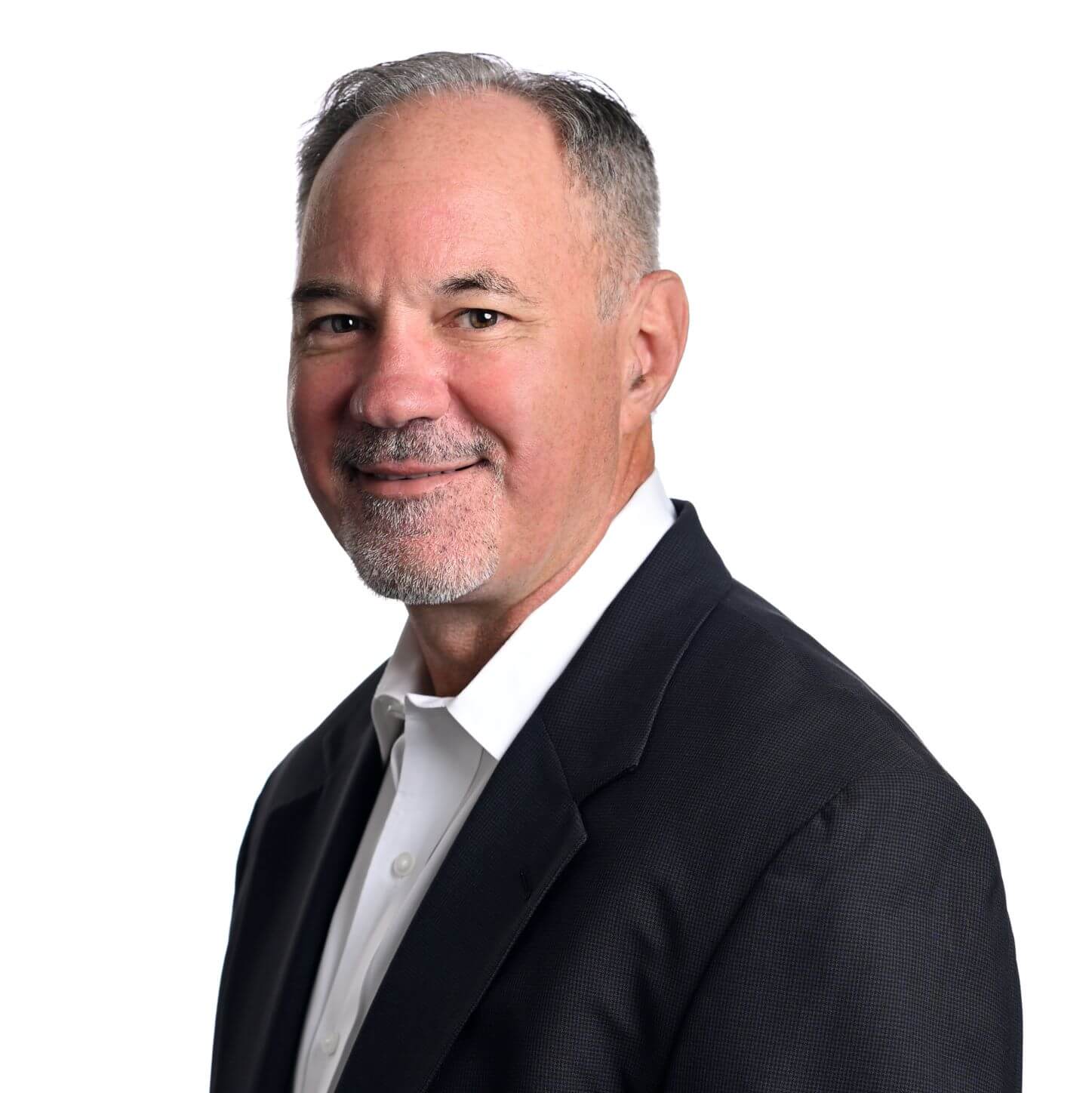Some may believe Nike’s in the apparel business. Kodak’s in the film business. Sony’s in the electronics business. You’re in the investment management business. We’re in the investment management services business.
Although we nod in agreement, we know that it’s all in flux. For example, Nike’s actually in the brand marketing business, having outsourced their apparel manufacturing. Kodak emerged from bankruptcy a very different company, having missed the fact that it was memories and not film quality that attracted customers to their products. Sony lost its leadership position in the electronics business, having been distracted from the consumer-focus shift of hardware to software.
Defining what business we’re really in is an important step in amassing and appropriately deploying – and re-deploying – corporate assets.
In the © 2005 book Logistics and Manufacturing Outsourcing: Harness Your Core Competencies, the authors provide a series of questions aimed at helping companies to do this. I believe these questions can be effectively applied to our business, too. The authors suggest first defining core business functions, then examining the following:
- Who are our customers?
- How do our functions "touch" the customer, if at all?
- What is it that our customers know us for most?
- What is it that our company does that provides the most value to our customers?
- What is it that we do that may be difficult for our competitors to imitate?
What is implied is that our corporate competence is not what we think it is, but rather what our customers believe it to be. It is the reason our customers choose us.
To take the exercise a step forward, apply those same questions to the extended marketplace, that is, to near-customers and to the next generation of customers. This may require us to speculate, so be careful. We tend to apply our current thinking to future business opportunities, and suffer from active inertia. This term was borrowed from physics by Harvard Business Review in 1999, which re-defined the term as a tendency to follow established patterns of behavior (or thinking), even in response to dramatic environmental shifts.
We counterbalance active inertia (which in my opinion is what brought about Kodak and Sony’s disappointments) with an acute and contemporary awareness of what we bring – and can bring – to the marketplace given our core competence. Only then can we can mobilize the right people executing on the most effective processes with the most appropriate technology. Because this is how we create corporate value. And since business opportunities and customer needs evolve with time, our corporate value-effecting resource allocations need to evolve as well. We need to actively manage our assets in order to maintain – and to improve – our corporate value.
A couple of years ago, I penned an article for The Wall Street Journal titled How CFOs Can Use Automation to Promote Growth. Here’s an excerpt:
… how can we ensure that we remain positioned for truly sustainable growth? This requires looking at our foundational systems, controls and processes in a new way. With the right structure in place, we can facilitate the intellectual capital that helps companies stay competitive domestically and globally, while bypassing the mundane, repetitive tasks that drain our time and resources and do nothing to advance our value in the marketplace.
At Archer, we’re in the business of simplifying the investment management process. Sometimes I believe what this really means is that we provide assistance and confidence to investment managers as they deliver alpha, calm edgy investors, satisfy regulators, and compete globally for assets. And so we leverage our flexible technology platform, our broadly experienced team, and our process engineering expertise as we constantly deploy, redeploy, and adjust resources. This is a continuous exercise internally, and an ongoing conversation we have with investment management executive teams. Because in our experience, breakthrough success is achievable when corporate assets are actively managed, continuously shifting resources towards value-creation initiatives, activities and functions.

Ted Pastva, Jr.
Chief Financial Officer
In his role as the Chief Financial Officer at Archer, Ted Pastva, Jr. oversees the firm’s growing Finance, Human Resources, Risk, and Information Security teams. A broadly experienced finance executive, Ted provides the architecture and oversight for Archers’ corporate growth and ensures the long-term fiscal health of Archer. Ted was recognized as CFO of the year by Philadelphia Business Journal in 2017.
News and Insights
Get Started with Archer
Ready to accelerate your growth? Speak to a member of our business development team to see how Archer can help you hit your targets — faster.
Contact Us

